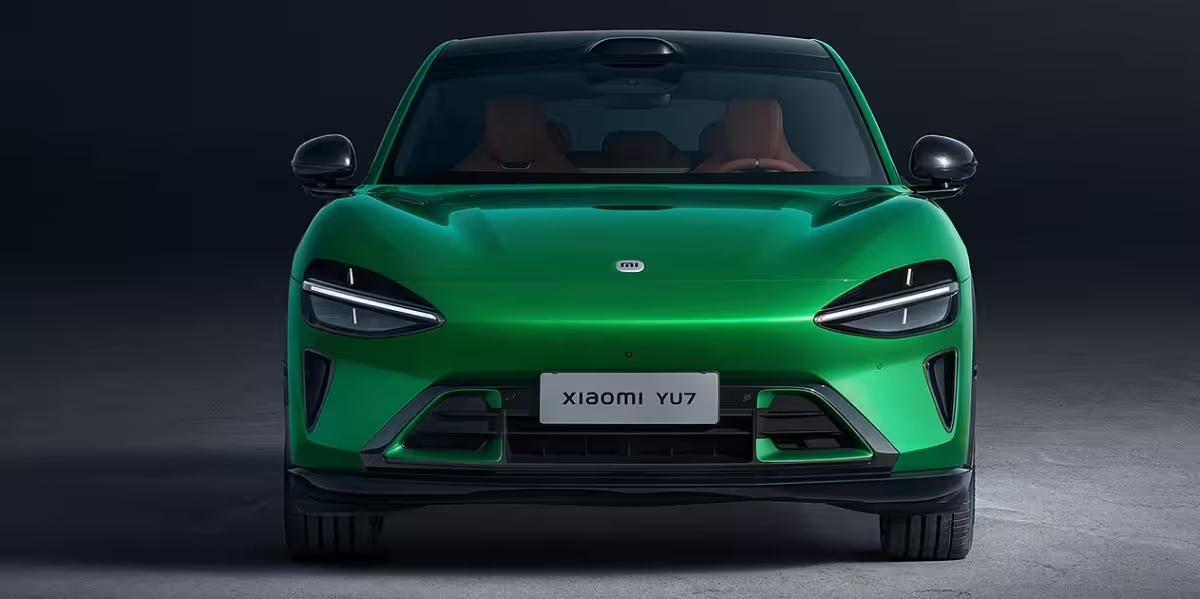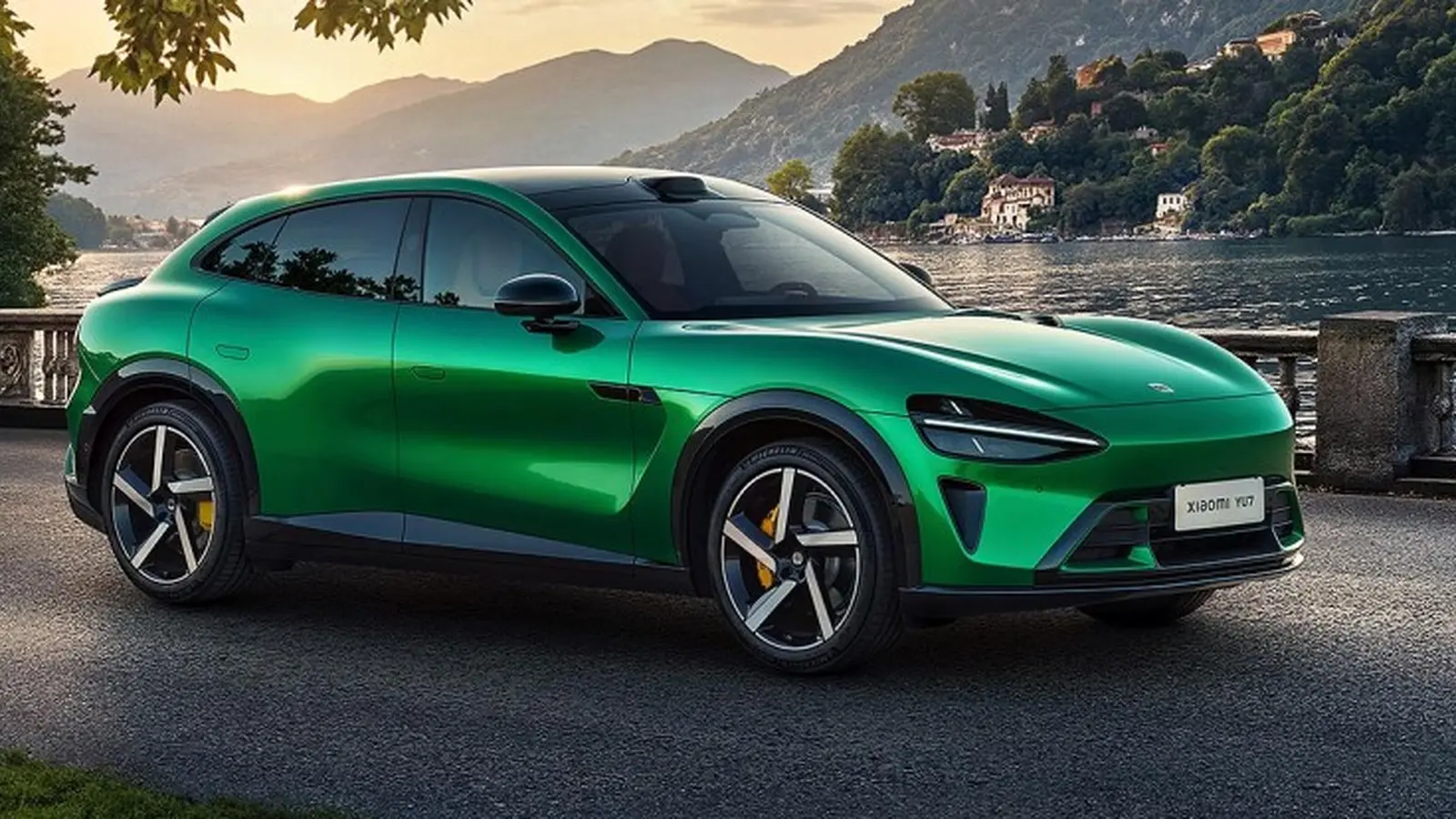4 Minutes
Xiaomi clears 40,000 deliveries in September
Xiaomi's car division delivered more than 40,000 electric vehicles in September 2025, a landmark for the young automaker and proof that the company's factory output is ramping up fast. This is the first month Xiaomi EV has topped the 40,000 mark, and it follows a steady climb from the previous record of 36,396 units in August.
The jump in deliveries reflects massive interest in Xiaomi's first two models, the SU7 sedan and the YU7 SUV. While converting orders into keys-in-hand is an important milestone, the company now faces the classic challenge of success: a swelling backlog and stretching delivery times.
How long are buyers waiting?
Current order-book data indicate that a buyer placing an order for the SU7 today should expect a wait of around 38 weeks. The YU7 is even farther back in the queue, with estimated delivery times approaching 48 weeks. That means holiday shoppers hoping to get a Xiaomi SUV this year may be looking at next-year handovers instead.

What sparked the surge?
Xiaomi started its automotive push with the SU7, launched on March 28, 2024. The sleek electric sedan, positioned to compete with popular mid-size EVs like the Tesla Model 3, captured buyer attention with its blend of design, in-cabin tech, and attractive pricing. Momentum continued with the YU7 debut on June 26, 2025, which unlocked a fresh wave of orders and pushed production to its limits.
According to local reports and company sales staff, the ability to lift deliveries so quickly is directly tied to a rapid increase in production capacity. Xiaomi appears to be scaling assembly lines and tightening supply chain flows to meet demand, but capacity expansion takes time and careful coordination.

Market implications and risks
Long waits are double-edged. On one hand, they signal desirability and strong market demand for Xiaomi EVs. On the other, stretched delivery windows create opportunities for competitors to win customers with shorter lead times or immediate inventory.
The company has said it will 'dynamically optimize' delivery cycles — corporate speak for measures to shorten the gap between order and delivery. That could include adding shifts, expanding factory capacity, improving logistics, or prioritizing certain trim levels.
Highlights:
- Record September deliveries: 40,000+ vehicles
- Prior monthly record: 36,396 units in August
- SU7 wait time: ~38 weeks
- YU7 wait time: ~48 weeks
Comparisons and context
To put Xiaomi's rise into perspective, consider a rough comparison with Tesla. Tesla launched the Model S in 2012 and reached much larger volumes only years later. Xiaomi achieved a sustained monthly delivery level comparable to a 40,000 unit benchmark within roughly a year of its first product launch, a rapid climb by industry standards.
Unlike established automakers, Xiaomi brings consumer electronics DNA — close integration of software, displays, and user experience — and is leveraging that to stand out in the crowded EV market. That positioning helps explain the strong demand but also raises expectations about build quality, aftersales service, and software updates.

What to watch next
Short term: how quickly Xiaomi can shorten delivery times without sacrificing quality. Medium term: whether production scale translates into improved margins, wider model availability, and export ambitions beyond China.
For buyers, the takeaway is clear: if you're ordering a Xiaomi SU7 or YU7, expect a long wait but also a product that many other buyers are willing to wait for. For the industry, Xiaomi's rapid ramp is a reminder that tech giants can move fast — and disrupt established EV players when they do.
Source: arenaev


Leave a Comment